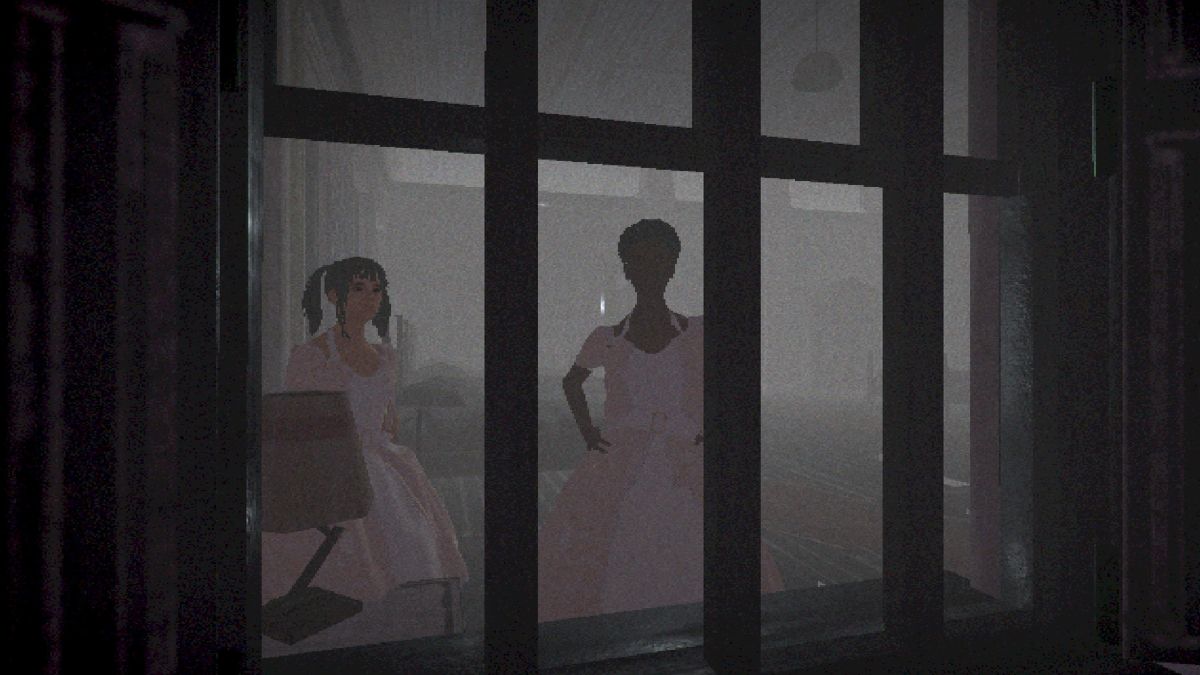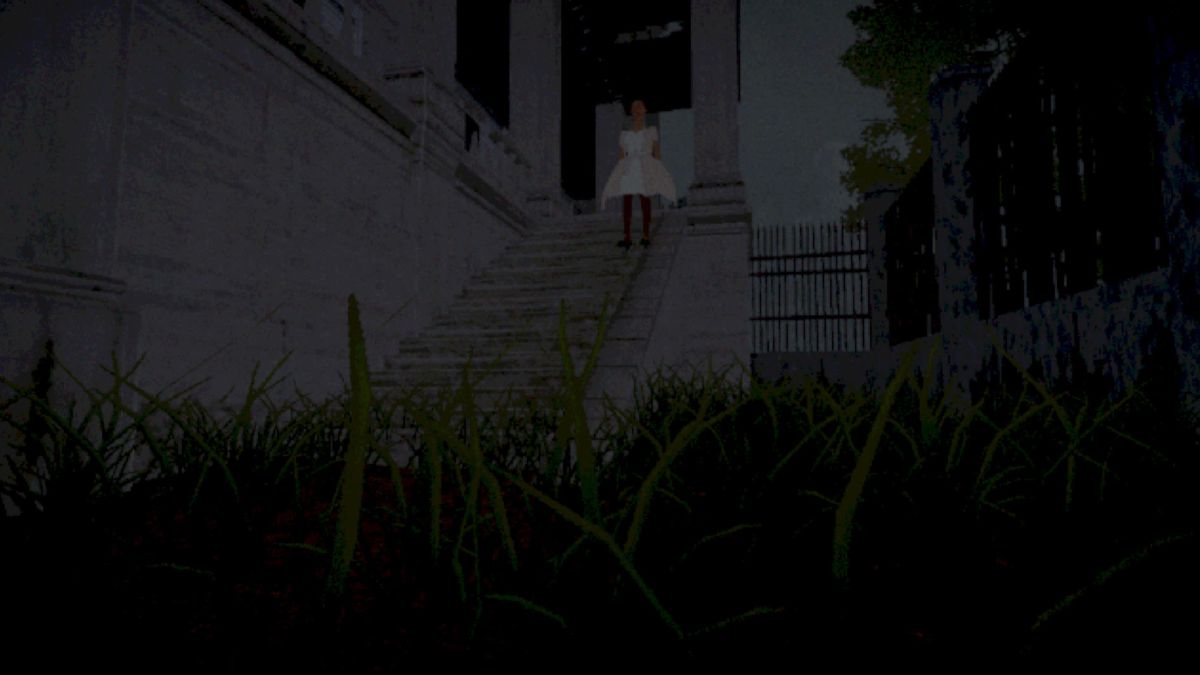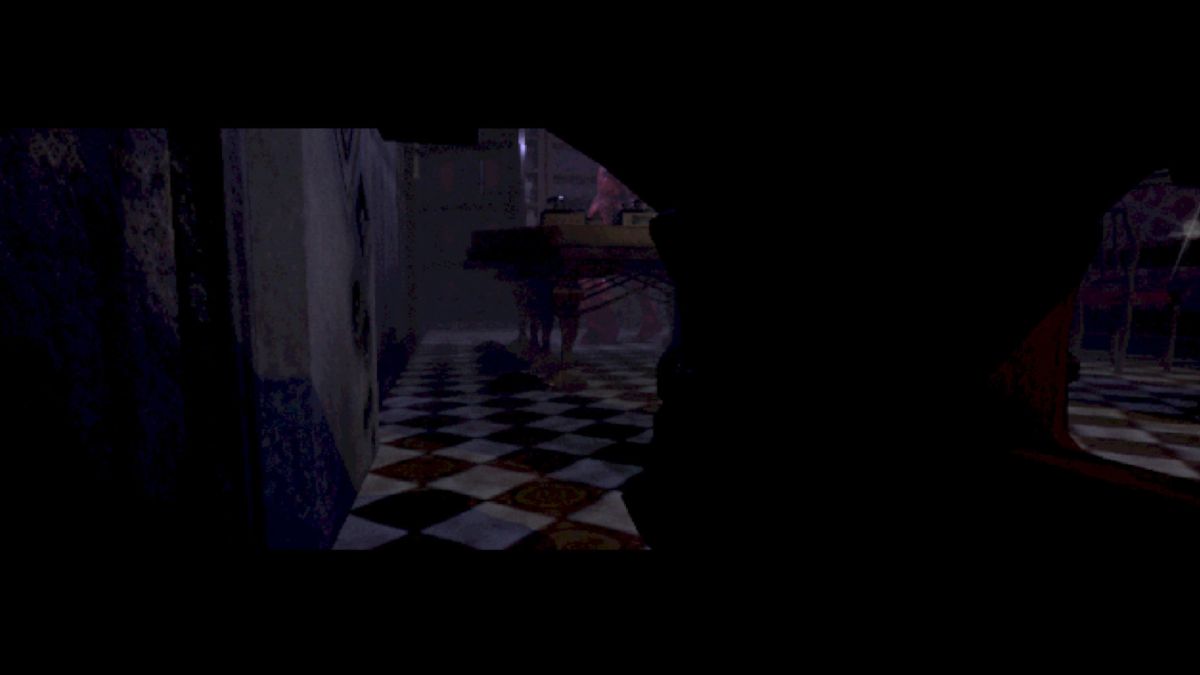Developer Puppet Combo is well known for its particular brand of retro horror games, harkening back to the era of PS1 and PS2. The studio combines dated visuals with interesting game mechanics and concepts, juggling classic and modern design ideas that stand the test of time. Its latest game, The Glass Staircase, is particularly good, as it layers its horror with clever tricks for overthinking and scares when you least expect them.
While many Puppet Combo games are restricted to the developer’s Patreon, The Glass Staircase is available on all major platforms and is the perfect little hit for any retro horror fans. It took me around two hours to finish, and I enjoyed almost every minute of it. My frustrations boiled down to my own silly miscalculations and mistaking some intentional elements for game-breaking bugs until I discovered the path forward.

The Glass Staircase (PC, Switch, Xbox One, Xbox Series X/S, PS4, PS5 [Reviewed])
Developer: Puppet Combo
Publisher: Puppet Combo
Released: May 24, 2024
MSRP: $5.95/£7.99
In The Glass Staircase, you begin your journey as Helen, a young girl seemingly being held hostage in a large, dilapidated, stately home turned orphanage. After taking your designated pill, you’re instructed to head downstairs and complete a task the owners have prepared for you. However, the task itself isn’t the reason for Helen’s release, and you soon discover that she and the other girls are gradually there for a much more nefarious purpose.
The haunting story spends about half its playtime building up tension. There’s the perfect mix of dingy visuals and eerie music laced with off-key notes, crafting an atmosphere perfect for the unexpected jump scares. The presentation makes The Glass Staircase full of frights that are rewarding, just terrifying enough, and without much time to digest what you stumbled upon.
As is standard with survival horror games, the environment and notes strewn across the grounds tell the wider context of why everything has gone to hell. These are lengthy, sometimes taking quite a few minutes to parse, but the dread they add is worth it. On the other hand, you could probably enjoy the game just as much without reading a single note, it’s approachable in that way.

What isn’t as approachable are the controls. You direct characters using tank controls, and while yes, this is the best way to control characters in a survival horror game, there’s something a little off in The Glass Staircase. The characters feel like they slide right and left in certain rooms, and it’s all too easy to get caught up in objects sticking out of the environment.
Towards the end, there was a puzzle that took me twice as long to solve as it should have because of the fixed camera angles. Those perspectives feel right at home here, but I missed one section of the puzzle room multiple times. While the error is totally on me, I was a bit torn between the satisfaction of finally getting it right and the frustration of getting there. It’s one of those little things in a short experience like this where small tweaks could make major improvements and help avoid the runaround.
Ultimately, I have to say when the puzzle piece’s location dawned on me, I felt brilliant. The excitement lasted just enough to get me moving on, and as is regularly the case in The Glass Staircase, I was pleasantly horrified by the reveal that followed.
Mercifully, the environment is quite good at broadcasting objects that need your attention. I was never left hammering X while walking around a room, looking for hidden objects to interact with. The gunplay is also precise without ruining the idea that this could be a game made for consoles in the ’90s. I only took damage in combat when I misjudged an enemy’s movement.

As far as its retro horror inspirations, The Glass Staircase is much more Silent Hill than it is Resident Evil. The hold-your-breath atmosphere builds and builds, waiting for the perfect moment. Like so much of classic Silent Hill, the crescendo never hit when I expected. It nails what the era was perfect at, but elements like this and its clean combat keep The Glass Staircase refreshingly rooted in the now.
I can’t speak too much about the enemies without ruining the plot, but some of that Resi DNA is still there. The sense of panic some foes instill feels a bit like when Nemesis comes crashing through a wall in Resident Evil 3 or when Jack Baker breaks his way into your path in Resident Evil 7. They’re overwhelmingly powerful, and you’ve got to outmaneuver them instead of outgunning them.
The Glass Staircase is a fabulous little retro horror game you can sit down and complete in a morning or afternoon and feel satisfied that you’ve experienced a genuinely unique take on the genre. Whatever jank experienced is more than made up for by the hand-crafted nature of the story and terror it provokes.
If you’re looking for a complete and fun time with a horror game, then this is it. It’s also the perfect jumping-off point for anyone looking to get into indie horror games without needing to get into something meaty or overly complicated. Its themes and atmosphere are better than those of some AAA titles in the genre, and The Glass Staircase easily stands amongst the classic games that inspired it while simultaneously paying homage to them.













Published: Jun 3, 2024 03:18 pm